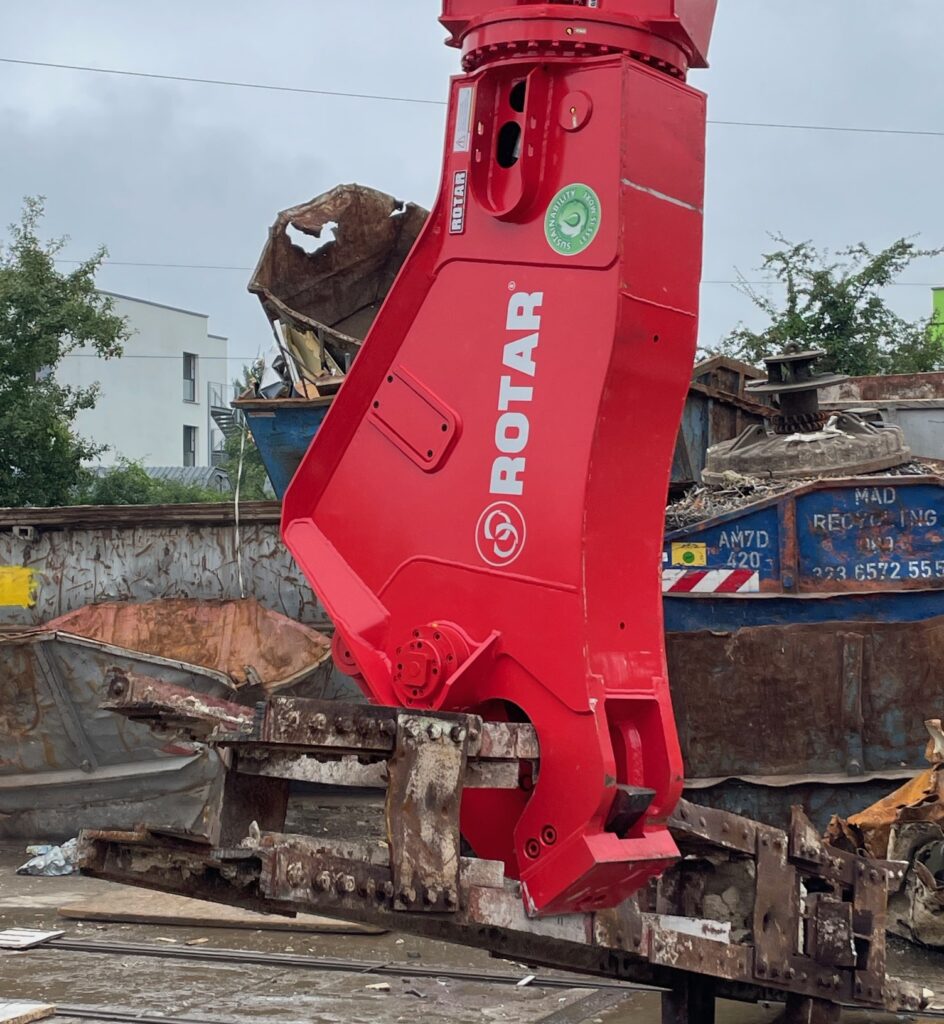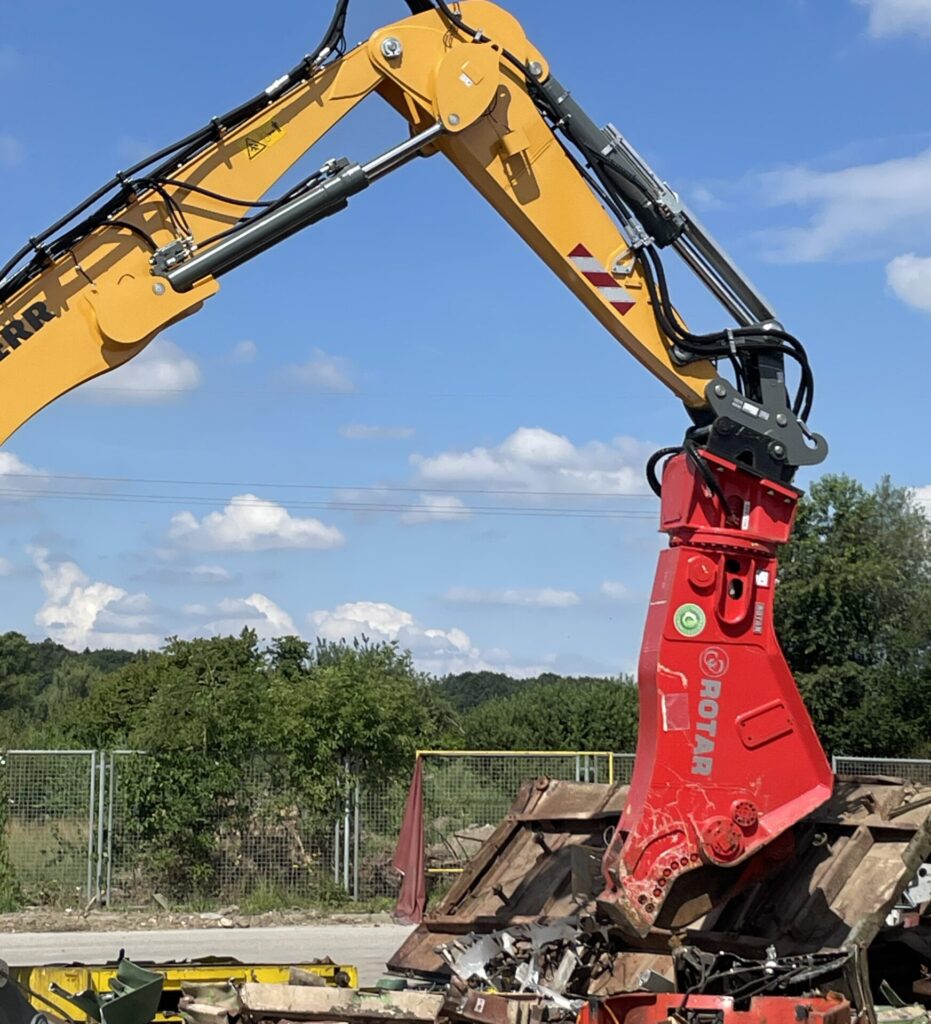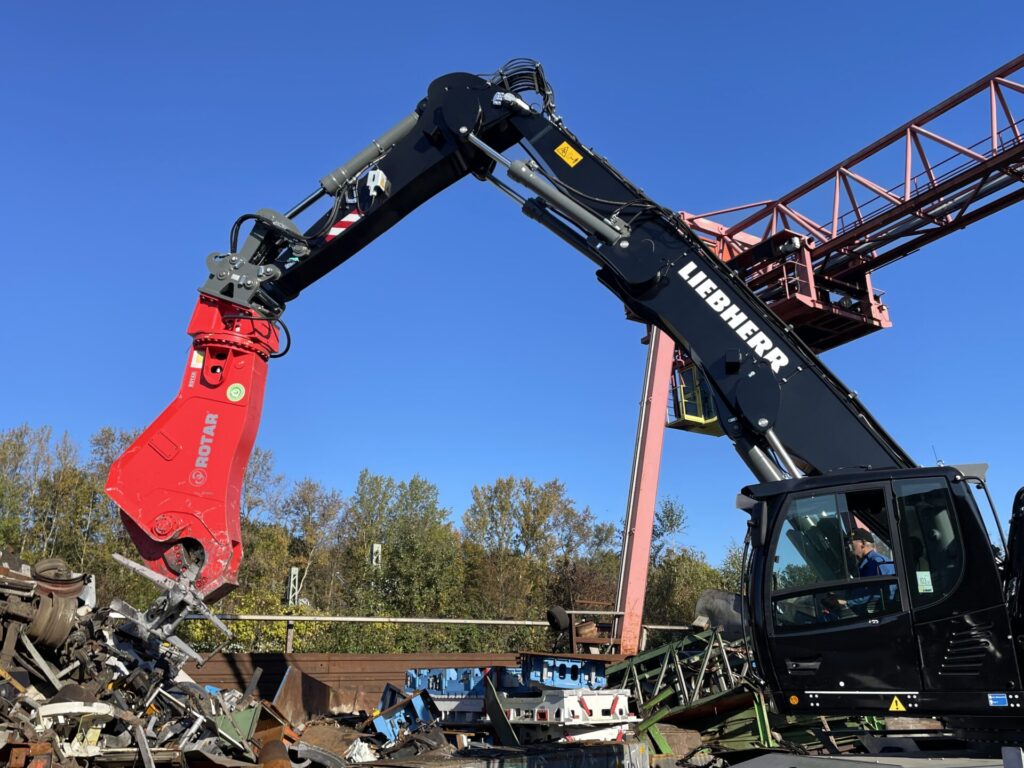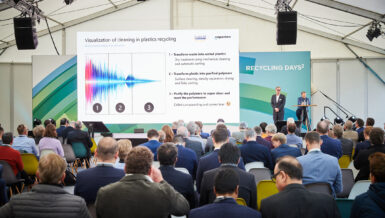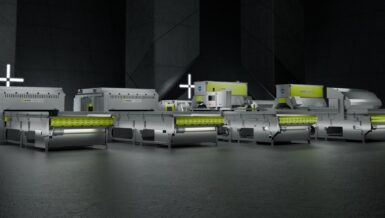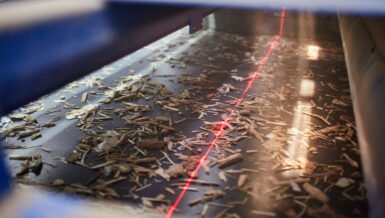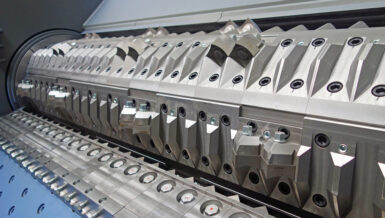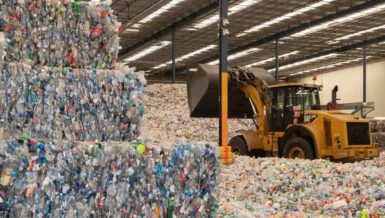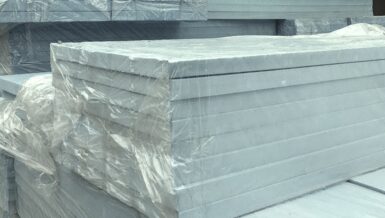For all businesses in Europe the Directive 2008/50/EU of the European Parliament forms the basis for the approval of technical installations, based on the latest state of the art, and specifies the tests for permissible emissions. Even non-EU countries such as the United Kingdom, Switzerland and Norway follow it. However, the most important part if this regulation for businesses in recycling is that all emissions generated during torch cutting must be captured and cleaned while using suitable equipment.
Of course, there are a lot of different systems available for this purpose, like collection devices with exhaust air systems that operate with enclosures, encapsulation, extraction and air purification. The commissioning of efficient extraction systems is often subject to approval. It is obvious that this type of emission treatment can be very expensive. The almost complete capture of all emissions and smoke leads to enormous investment costs in the 6- to 7-digit range, high follow-up costs due to ongoing operation, maintenance and energy, and the necessity of using a lot of space to place those systems. In addition, the collection systems also impose restrictions on the size of material to be cut there. What’s more, at the end of the day, there is no return on this high investment.
Expensive materials with harmful effects
Even without the mentioned regulations, there are many arguments against torch cutting: depending on the process, large quantities of fuel gas, oxygen and electrical energy are required, and in the case of high-alloy steels, also iron powder is needed. In recent years, these materials have experienced significant price increases. In addition, torch cutting has a number of system limitations. For example, objects with cladding or sheathing, composite materials, containers with hazardous residues and much more cannot be handled by torch cutting. The occupational health and safety requirements are also very high, especially when high-alloy steels are processed and heavy metals are produced which can cause cancer. Protective measures for the environment and personnel are therefore extensive and cost-intensive. In addition, it is becoming increasingly difficult to find employees for these jobs.
Scrap shears as a safe alternative
Therefore, it is time for recycling companies to consider alternatives to flame cutting, such as a mobile hydraulically operated scrap shear offered by Rotar for all excavators with operating weights between 9 and 300 tonnes. The shears, with an operating weight of 1,300 up to 25,000 kg, offer cutting forces between 2,650 kN and just under 29,000 kN. Here, the excavator serves as a mobile hydraulic unit with a manageable footprint, which moves the shears into the correct position for the cutting work. Rotar shears can be endlessly rotated with 360° for more flexibility and have a flow rate of up to 1,200 l/min, enabling them to achieve cycle times of well under 10 seconds.
Of course, this method also has its limitations. Depending on the size, jaw opening and jaw depth, only certain materials can be cut, and cast or hardened materials cannot be cut at all. Still, this method and the working conditions for the machine operator in the cab of the carrier vehicle fully comply with current safety requirements.
Investment ensures increased productivity
Above all, the economic aspect is very important: working with the excavator attachment not only eliminates nearly all gas and smoke emissions, but the process also requires very little space and can be easily scaled to the actual needs of the company within the system limits. Above all, with the appropriate material feed, the investment leads to significant increases in yield and productivity.
In scientific economic analyses conducted several years ago, the personnel, machine and material costs of both methods were compared under identical conditions at a scrap yard and evaluated according to two different test types: When cutting pieces with a length of 1.50m, the excavator-mounted shear not only cut 3.7 times as much material as the torch cutting method in the same period, but the cost per tonne was also 34% lower. When comparing the production of foundry cupola (0.40 cm), the cost advantage per tonne of material cut with the excavator attachment shear reached an amazing 78%.
Also, the costs for propane and oxygen have risen more sharply than those for diesel, making cutting with the attachment shear on the excavator even more economical. ROTAR offers consultations on this topic and is happy to explain the facts of the EU regulations and the economic implications with the help of calculation models.
Regardless of all the figures, it is clear that open-air torch cutting is no longer appropriate and can be used only in exceptional cases. Public sensitivity and the demands of the steel industry – see keyword ‘green steel’ – are also playing a role here. In order to guarantee the future viability of a recycling company, investments are necessary in any case, so it is advisable to invest in a process that increases productivity within the company.
